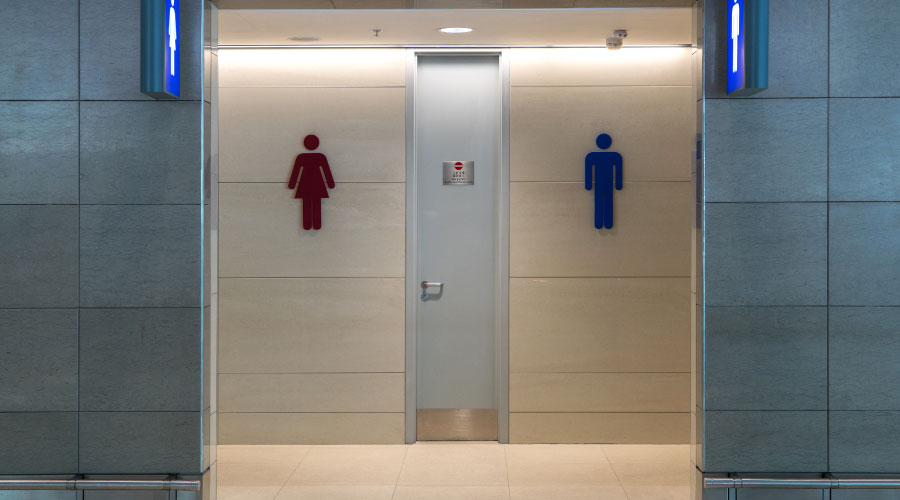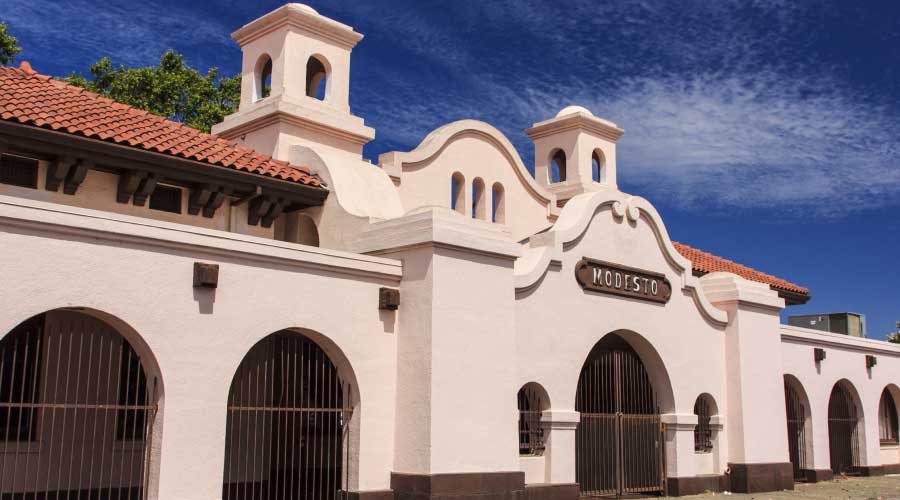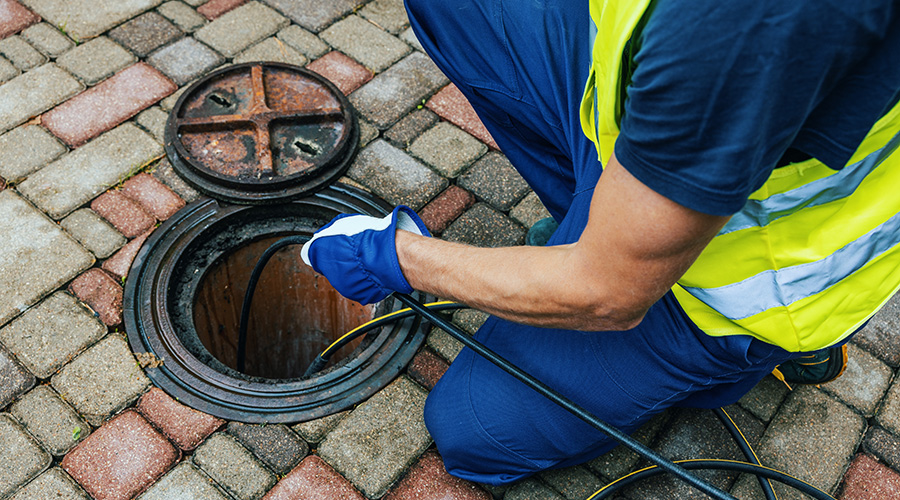Strategies For Handling High-Volume Restroom Traffic
Halftime of a football game, and thousands of people are getting up from their seats and heading for the restrooms. For the next 15 minutes, every toilet, urinal, and sink in the facility will be in constant demand. But if the restroom is well-designed with durable fixtures, it should be able to cycle everyone in and out before the second half — and be ready again the next week, and the week after that.
High-traffic restrooms are a specialty of their own, with unique needs for architecture and maintenance — and different types of facilities will have unique needs. Here are seven design considerations that facility managers should keep in mind for high-traffic restrooms.
1. Remember the Larger Context. Sports stadiums now concentrate on improving the game experience in every way, including restrooms, according to Jonathan Cole, co-principal of Pendulum Studios, which has designed a number of minor league baseball stadiums. "The days of people coming to the game and just being interested in what's on the field, that's gone," Cole says.
"In the old days, you stuck the restroom under the seats, in whatever space was left over," says Jim Kier, director of architecture at Bastien and Associates. Now, he says, team owners "don't want people stuck in restrooms. They want them out in the gift shops buying things." In the past 20 years, he says, "it's gone from something you don't think about much to something they realize is a vital part of the experience."
The new passenger terminals for Philadelphia International Airport offer a good example of taking care in the design of high-traffic restrooms. "People coming to Philadelphia, this is kind of their first experience," says Vincent Maiello, principal of Kelly/Maiello. "It doesn't necessarily cost more to do them nicely. Red tile doesn't cost more than white tile." What it does take is more care and more work on the part of the facility manager. In this case, he says, the airport wanted the facilities to be "very first-class in terms of finish, and bright and inviting in terms of color."
"Image is everything," says Bill McCarthy of RTKL. "If you're going to be recognized as a quality institution, you have to maintain that quality throughout."
That said, it has to be recognized that features and trim level depend on the setting. For example, an airport restroom should have space for luggage, both in the walkway areas and inside the stalls. Shelves for personal items are common in airports, but not in stadiums. In certain places, a less luxurious experience is acceptable, McCarthy says.
Related Topics:














